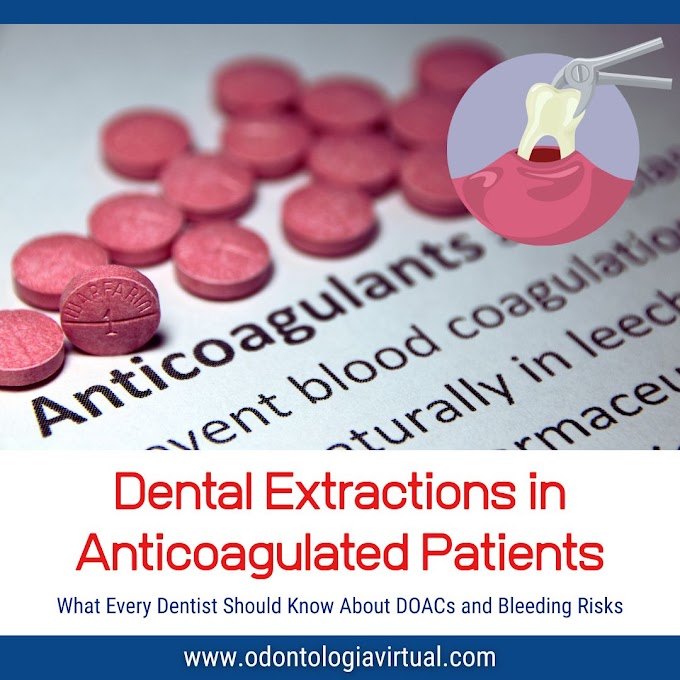hola@ovidentalgo.com
Sodium hypochlorite (NaOCl) is widely recognized as the gold standard irrigant in endodontics due to its potent antimicrobial properties and ability to dissolve organic tissue.
Its multifaceted mechanism of action and clinical efficacy make it indispensable in root canal therapy.
Mechanism of Action of Sodium Hypochlorite in Endodontics
Sodium hypochlorite's effectiveness stems from several interrelated mechanisms:
1. Formation of Hypochlorous Acid (HOCl)
When NaOCl dissolves in water, it forms hypochlorous acid, a powerful oxidizing agent that penetrates microbial cell walls, leading to protein denaturation and cell death.
2. Saponification Reaction
NaOCl reacts with fatty acids in cell membranes, producing soap and glycerol, which disrupts membrane integrity and leads to cell lysis.
3. Chloramination
HOCl interacts with amino groups in proteins to form chloramines, which interfere with cellular metabolism and enzyme function.
4. Oxidative Degradation
NaOCl oxidizes sulfhydryl groups in bacterial enzymes, leading to irreversible inactivation and bacterial death.
5. Disruption of Cellular Metabolism
By altering biosynthetic pathways and degrading phospholipids, NaOCl impairs essential cellular functions, culminating in microbial eradication.
► DENTAL PULP: A Novel Strategy to Engineer Pre-Vascularized Full-Length Dental Pulp-like Tissue Constructs
Clinical Applications in Endodontics
In root canal therapy, sodium hypochlorite serves multiple critical functions:
* Antimicrobial Activity
Effectively eliminates a broad spectrum of microorganisms, including resistant species like Enterococcus faecalis.
* Tissue Dissolution
Capable of dissolving necrotic and vital pulp tissue, facilitating thorough canal debridement.
* Smear Layer Removal
When used in conjunction with chelating agents like EDTA, NaOCl aids in removing the smear layer, enhancing the penetration of sealers and obturation materials.
* Lubrication
Reduces friction between endodontic instruments and canal walls, minimizing the risk of instrument separation.
Considerations and Best Practices
* Concentration
NaOCl is used in concentrations ranging from 0.5% to 6%. Higher concentrations offer increased antimicrobial efficacy and tissue dissolution but also pose greater risks of cytotoxicity.
* Temperature
Warming NaOCl solutions can enhance their effectiveness by increasing the rate of chemical reactions.
* Activation Techniques
Employing ultrasonic or sonic activation can improve the irrigant's penetration and efficacy within the root canal system.
* Safety Measures
Care must be taken to prevent extrusion of NaOCl beyond the apex, as it can cause severe tissue damage and postoperative complications.
Conclusion
Sodium hypochlorite remains a cornerstone in endodontic treatment due to its unparalleled antimicrobial properties and ability to dissolve organic tissue.
Understanding its mechanisms of action and adhering to best practices ensures optimal outcomes in root canal therapy.
References
- BioMed Research InternationalVolume 2023. Advances in the Role of Sodium Hypochlorite Irrigant inChemical Preparation of Root Canal Treatment.
- Braz Dent J (2002) 13(2): 113-117. Mechanism of Action of Sodium Hypochlorite.
- BMC Oral Health volume 24, Article number: 233 (2024). Effect of sodium hypochlorite temperature and concentration on the fracture resistance of root dentin.













